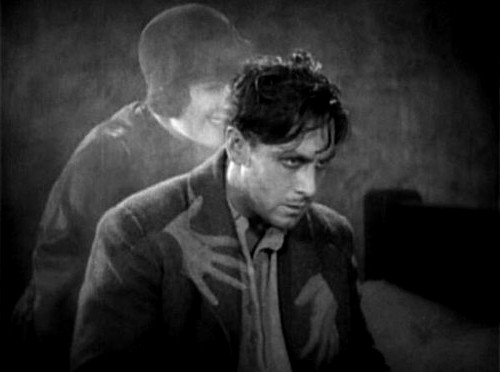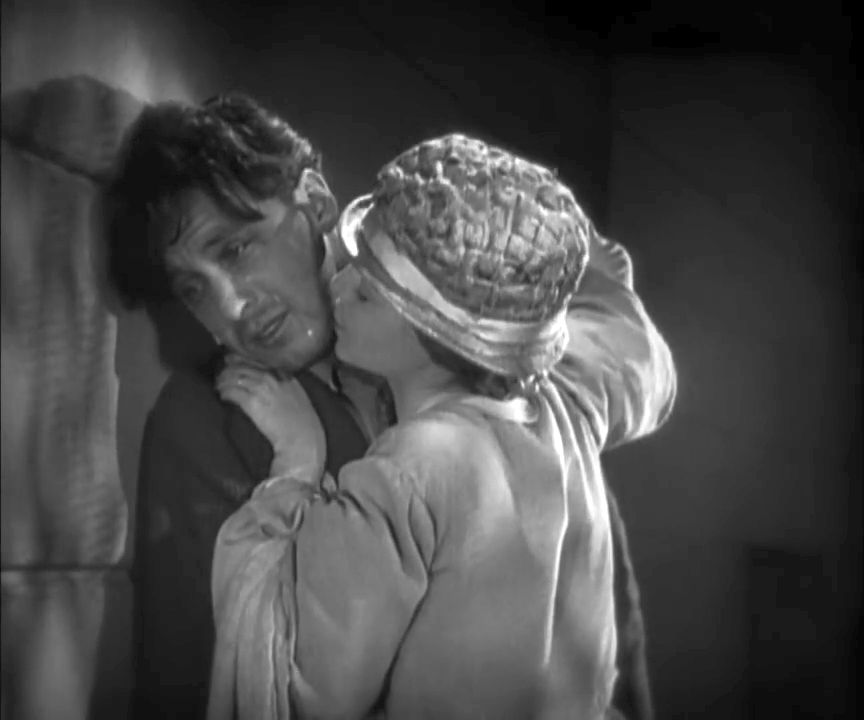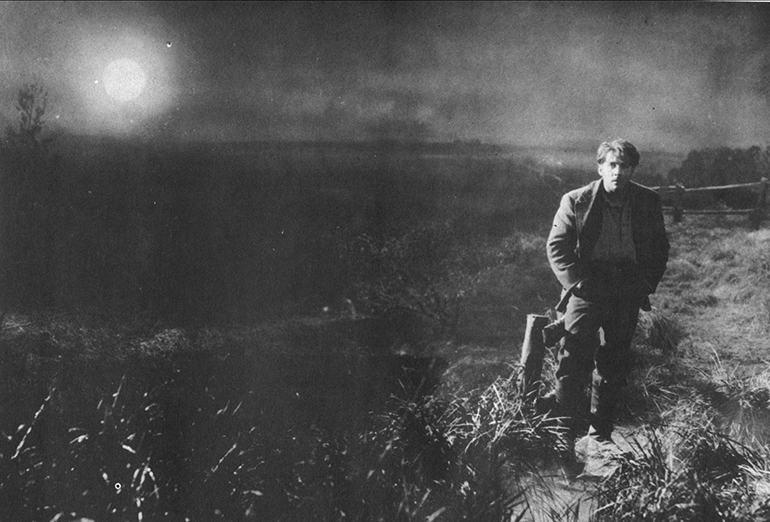
Spirit of vengeance in Frenchman's heart towards American girl is eventually supplanted by love." The film is more commonly known by the title "The Prude's Fall" and exists in the form of an incomplete print- although three reels survive, the beginning of the film is missing.ĭirector Graham Cutts was followed by the press in more than two sundry accounts Kinematograph Yearbook of 1928 reported that to end 1926, " Graham Cutts turned down an invitation to name his own price to direct a picture for an American firm." It added that during the following month he had severed his affiliation with Piccadilly Pictures.-įilm restoration attempts noticed the stylistic difference between the intertiles used during the films of Alfred Hitchcock by the two companies Gainsborough and British International, Gainsborough aiming at a more literary, artistic, perhaps old-fashioned feel of exposition, with British International veering more towards the reportage of dialogue within the narrative. She is too much of a prude for him, however, and he becomes infatuated with Russian, who dies. Philandering Frenchman captures American girl's heart. Motion Picture News Booking Guide of 1926 provided a brief synopsis, "Society melodrama based on eternal triangle. Hitchcock is credited as assistant director and Betty Compson appears in the film in a smaller than before role and Miles Mander appears in the film. The film stars actresses Jane Novak and Julliane Johnstone. The film stars actress Nita Naldi.Īlfred Hitchcock also scripted the film "Dangerous Virtue", directed by Graham Cutts during 1925 in Islington, London. "All that survives of 'The Mountain Eagle' are the six stills reproduced in Truffaut's book of interviews with Hitchcock and we have no way of knowing if the film was as terrible as Hitchcock thought it was." It was in fact based on an original script rather than a popular novel or stage vehicle.

Murphy, in Silent Hitchcock, surveys Hitchcock's silent career, beginning by noting that "The Mountain Eagle" (1926) is a lost film. Oddly, the author has chosen Hitchcock, who in fact often repeated camera set ups in his American sound films that he had previously used in lower budget British silent films, returning to redo elements of scenes and motifs he had used earlier- an ostensible reason for this being that he collaborated as a director on scripts with his wife both in England and in the United States which may have brought a sentimentality when the production costs of his films were much larger. Murnau, that is if he had only made silent film and ended with Blackmail, which would have been his tenth silent, would his films still be studied or overlooked.

Interestingly, in his recent academic paper Silent Hitchcock, author Robert Murphy, instructor at De Montfort University, Leicester, asks how important a silent film director Alfred Hitchcock was by wondering if Hitchcock had been killed with F.W. During filmed interviews late in his career, Hitchcock reflects that he had been trained in American silent film, despite the studios having been located in England- that the influence of Murnau and Eisenstien had only been subsequent.

The periodical credits Hitchcock as the director of "Pleasure Garden" (1926) after his joining Gainsborough Pictures in 1925.

The Kinematograph Yearbook of 1928 include with the screen credits then acquired by Alfred Hitchcock those of his having been assistant and scenarist to director Graham Cutts on the films "Woman to Woman", "Blackguard" and "Passionate Adventure".


 0 kommentar(er)
0 kommentar(er)
